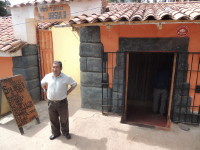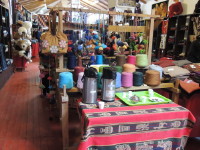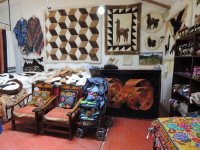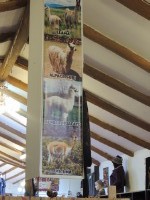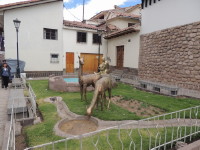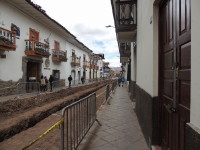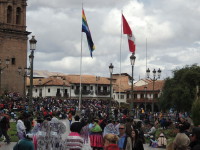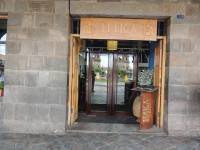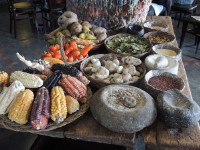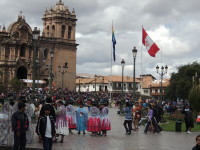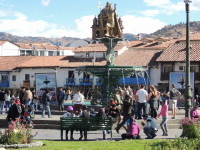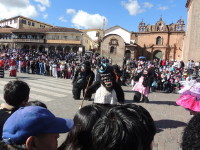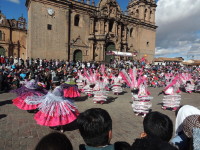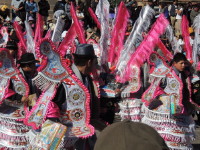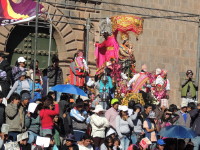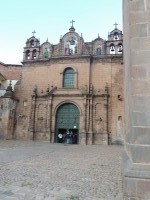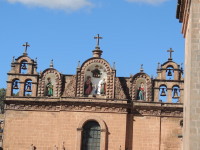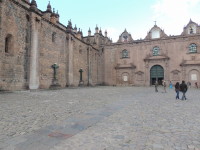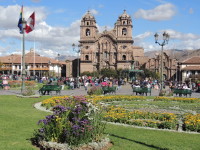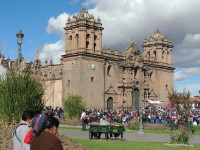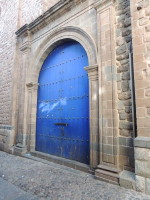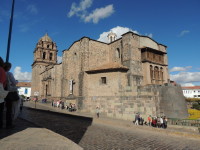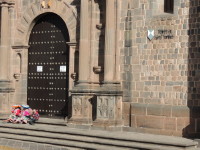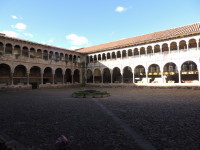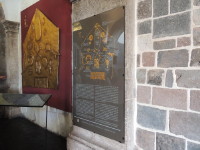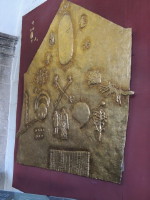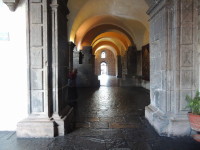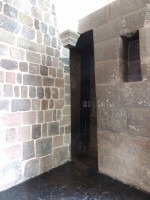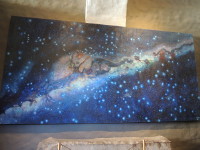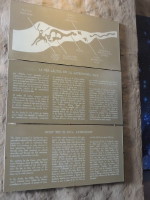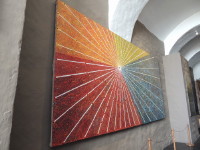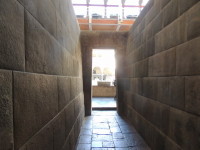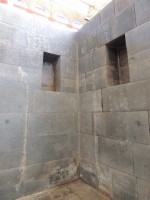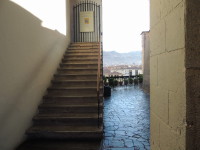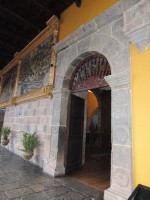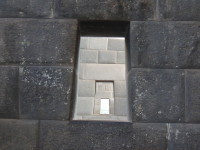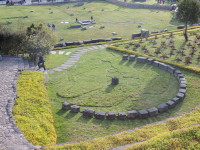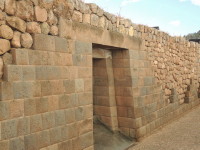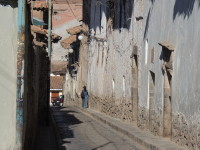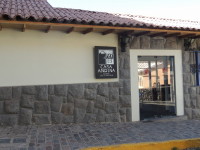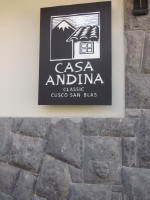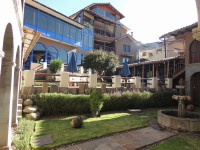Cusco
The Andean city of Cusco (Qosq’o in the Quechua language) lies 3,400 m (11,150 ft) above sea level in the Huatanay River Valley of Peru’s southeastern Andes. Today, some 400,000 people call Cusco home. Cusco was the capital of the Inca Empire of "Tahuantinsuyo" or "land of four quarters”. Two recent titles of distinction include being designated a World Heritage Site in 1983 by UNESCO and the Historical Capital of Peru by the Constitution of Peru in 1993. As capital of the Inca Empire, Cusco was the center of Inca religious and political power, home of its leaders and an important agricultural region. Today, Cusco is a major tourist destination, receiving some 2 million visitors a year.
Within the city I visited the Plaza de Armas, Cusco's main square, and Qorikancha Santo Domingo. The main plaza in all Peruvian cities is called the Plaza de Armas. Cusco's is busy day and night. A huge 16th century cathedral and other ornate churches dominate the square and numerous cafes, restaurants and stores spill out into it. The Plaza is used for most of the city’s special events, festivals and demonstrations. Two flags fly over the square, the red-and-white flag of Peru and the rainbow-colored flag of the Inca nation.
Cusco's Plaza was called Huakaypata during the Inca Empire. It was a colossal plaza and served as the cultural center of Inca life. The city of Cusco was designed in the shape of a puma in profile. The Plaza was intentionally built at the center of the city, at the location of the heart of the puma. In 1532 Francisco Pizarro took control of Cusco, renaming the Plaza to Plaza de Armas.
The Qorikancha, from the Quechua words Quri Kancha meaning Gold Courtyard, was one of the most sacred temples in the Inca Empire. It was dedicated primarily to Inti, the Sun God, though there were also temple rooms dedicated to related divinities including the moon, stars, constellations, planets, lightening, thunder and rainbow. The temple rooms were located around a large central courtyard with a fountain in the center. Like other Inca ceremonial structures, the temple also served as a solar observatory and mummy repository.
The exterior and interior walls and the floors of Qorikancha were once covered with thick plates of solid gold, and its courtyard was filled with golden statues. The Inca revered the Sun God and associated gold with the solar spirit. Gold was appreciated by the Inca for its beauty, resistance to corrosion and workability, not its value. They wanted Qorikancha to be as splendid as the sun. Spanish reports tell of Qorikancha’s splendor as being "fabulous beyond belief".
The Spaniards took over the Qorikancha and built a Dominican church and convent of Santo Domingo on the site, demolishing the temple and using its foundations for the church. Construction took most of a century. For centuries, many of the Qorikancha walls were hidden beneath the convent. A devastating earthquake shook Cusco in 1950 causing large sections of the convent to crumble and exposing the original Inca walls of Qorikancha.
Accommodations: Casa Andina, located in the artesan barrio of San Blas; Tasty dining: Inka Grill, centrally located facing the Plaza de Armas and Green's Organic, located in the San Blas barrio
Click on image for slideshow and captions



